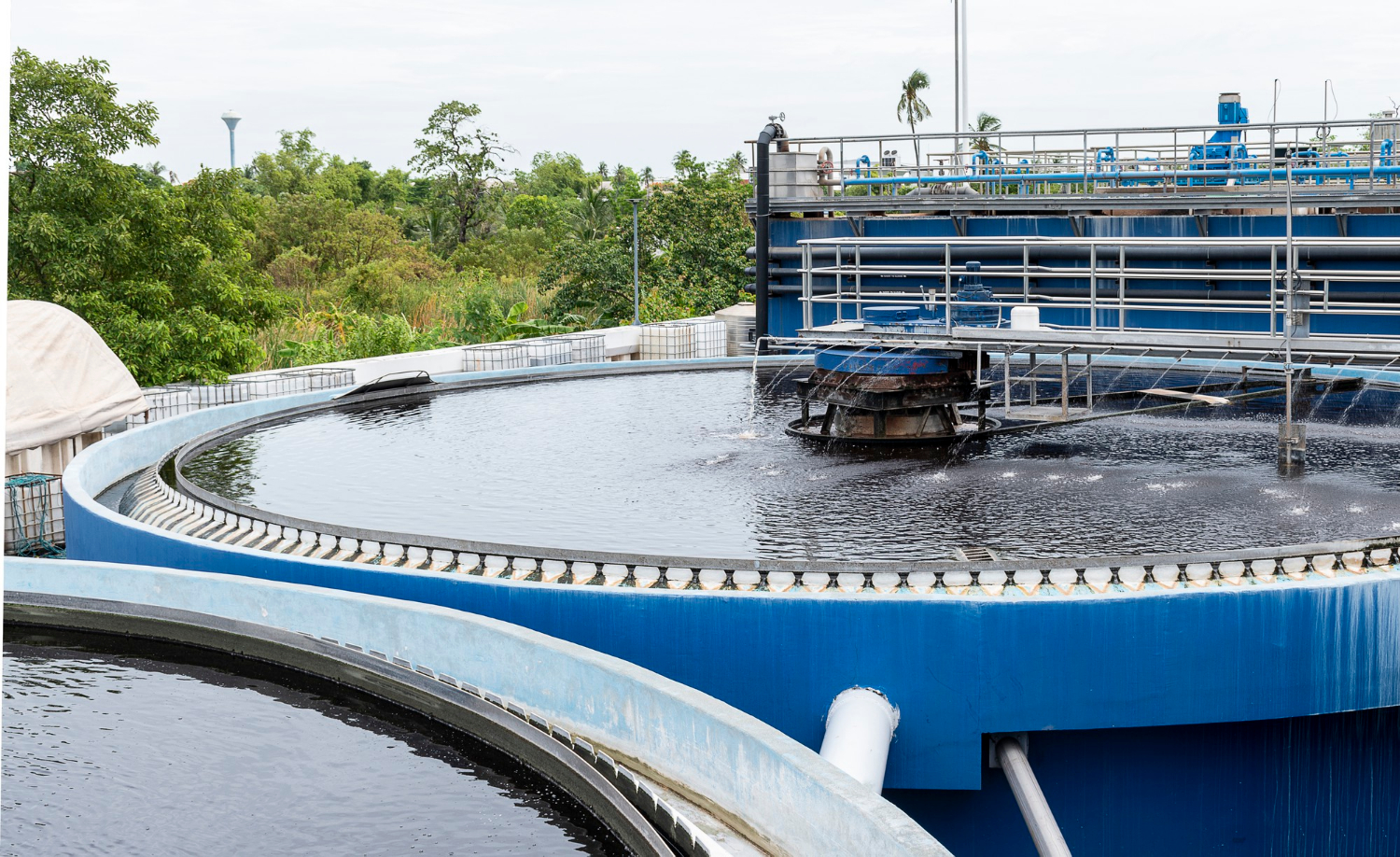
Keeping tanks clean is a big deal, whether you’re dealing with a giant industrial tank or a smaller one at home. Industrial tanks handle a ton of stuff, from water and chemicals to oils and fuels. If they’re not clean, they can mess up whatever they’re storing, which might lead to costly fixes. On the flip side, residential tanks are usually smaller and deal with water for daily needs. Clean water is super important for health and well-being, so these tanks need their fair share of attention too.
Now, you might wonder, what’s the real difference when it comes to cleaning these types of tanks? Well, there are quite a few. Industrial tanks might need complex machinery and strict safety rules, while residential tanks might be a bit simpler. Understanding these differences can help keep everything running smoothly and safely.
Purpose and Usage Differences
To really get into the differences between industrial and residential tank cleaning, we should start with understanding what each is used for. Industrial tanks are like the heavy lifters in industries. They store everything from large amounts of chemicals and fuels to big volumes of water. Think of factories or big plants where you see those massive tanks. Their job is critical because they support industrial processes that need huge amounts of resources. This makes their cleaning needs more intensive, as any contamination could seriously disrupt operations or compromise safety.
Residential tanks, on the other hand, are more about the everyday stuff – mainly drinking water. These tanks are common in homes that aren’t connected to a city’s water system. They help families get clean water for drinking, cooking, and bathing. The stakes might not seem as high as in industrial settings, but keeping these tanks clean is still super important to ensure safe, drinkable water.
To illustrate, consider an industrial tank storing chemicals. If not cleaned properly, chemical residues might mix and create dangerous reactions. Residential tanks might not pose such risks, but a buildup of sediments or bacteria can affect water quality, posing health threats.
Understanding these purposes and uses sheds light on why cleaning methods differ so much between the two. Industrial tanks require more frequent checks and cleaning due to the nature of the materials inside, while residential tanks follow a regular maintenance routine to ensure water safety.
Cleaning Frequency and Methods
Understanding how often tanks need a good scrub is important. Industrial tanks have to get frequent checks and cleanings. This is due to the variety of materials they store. Each cleaning session might use specialised methods suited to what the tank holds. For example, a tank storing hazardous chemicals might require a careful approach, with skilled workers equipped with the right gear ensuring everything gets cleaned safely.
Residential tanks usually have a different schedule. They might only need cleaning once or twice a year, especially if they store clean water. The methods here are simpler. A typical clean might involve draining the tank, scrubbing out the sludge and dirt, and refilling it with fresh, safe water. Since residential tanks are smaller, these tasks are manageable and routine.
Here’s a quick rundown of methods:
– Industrial Tanks:
– Professional crews using machinery and safety gear
– Methods suited to specific contents and materials
– Residential Tanks:
– Manual cleaning by hand or using basic equipment
– Regular attention to prevent sediment buildup
Safety and Regulations
Safety is a priority, particularly when handling these tanks. Industrial settings often bring high risks due to what the tanks contain and their size. Workers must follow strict safety guidelines to avoid accidents. Protective gear is necessary, and sometimes entire teams are trained to handle specific cleaning jobs.
Residential tank cleaning also considers safety, but it is less about hazardous substances and more about ensuring the water remains potable. Individuals often handle cleaning jobs themselves or rely on local services. Ensuring water safety often involves checking filters and ensuring containers aren’t breeding grounds for bacteria.
Both tank types may have different rules and guidelines that help keep everything in line. Industrial tanks are usually under tighter regulations for cleanliness and safety, owing to the potential impact on the environment and worker health. Residential tanks, while less regulated, still benefit from guidelines ensuring water quality and safety.
Equipment and Materials
Various tools and materials get the job done for these tanks. Industrial tanks use specialised gear as they deal with potentially hazardous substances. Equipment ranges from pumps and scrubbers to more advanced machinery that industrial workers use to tackle bigger jobs efficiently and safely.
Residential tanks, being smaller, generally need less gear. A brush, some cleaning agents, and a bit of elbow grease could do the trick. People often rely on simpler setups, allowing them to maintain their tanks without much hassle.
These differences in equipment reflect the needs and functions of industrial and residential tanks. Each one demands a unique set of tools to handle its cleaning requirements properly.
As you can see, the approach to cleaning industrial and residential tanks varies significantly. Whether considering the frequency, safety protocols, or necessary equipment, both tank types require careful attention suited to their specific uses. Understanding these differences helps ensure that each tank serves its purpose efficiently and effectively, maintaining safety and quality for everyone involved.
To keep your tanks in top condition and meet your cleaning needs efficiently, understanding the best approaches for each type is crucial. For more details on effective methods tailored to each tank type, explore our industrial tank cleaning services with ATM Tanks. This ensures your operations run smoothly and safely.
- The Importance of Waterproofing Your Tank Properly - December 28, 2025
- The Ultimate Guide to Tank Liner Maintenance - December 28, 2025
- Five Warning Signs That Indicate Tank Repair is Needed - December 28, 2025






